Evaluation of the Uniformity of the Primer Current Collector-electrode Resistance Method
Copper foil and aluminum foil are used as the current collector of lithium ion battery electrodes, which can conduct electrons and carry active materials. The chemical and electrochemical stability of the current collector will also affect the cycle, rate, and safety performance of the battery cell. Ideal current collector should have the following conditions: high conductivity, high stability, strong bonding, low cost, flexible and thin, etc1. A certain degree of surface treatment of the current collector, such as roughening treatment, cleaning treatment, and conductive carbon undercoating, can improve the performance of the current collector and thereby improve the performance of the battery cell. Figure 1 shows several commonly used methods in the lithium battery industry. Current collector after surface treatment. Carbon-coated Al foil, as one of the more commonly used positive electrode modified current collectors 2 at present, has shown good stability in cell cycle performance. Since the conductive carbon coated on the surface of aluminum foil is less, usually several microns, as shown in the figure as shown in 2, therefore, the uniformity and stability of the primer coating should also be focused on and monitored. In this paper, the electrode resistance test method is used to compare the difference between the resistance of the aluminum foil after the primer and its corresponding electrode resistance after rolling, and then analyze the uniformity of the carbon-coated Al foil and its influence on the electrode resistance.
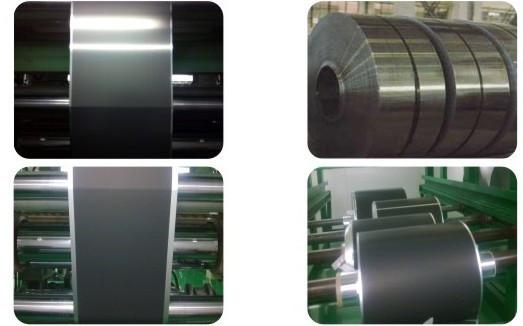
Figure 1. Several surface-treated current collectors commonly used in the lithium battery industry (picture from the Internet)
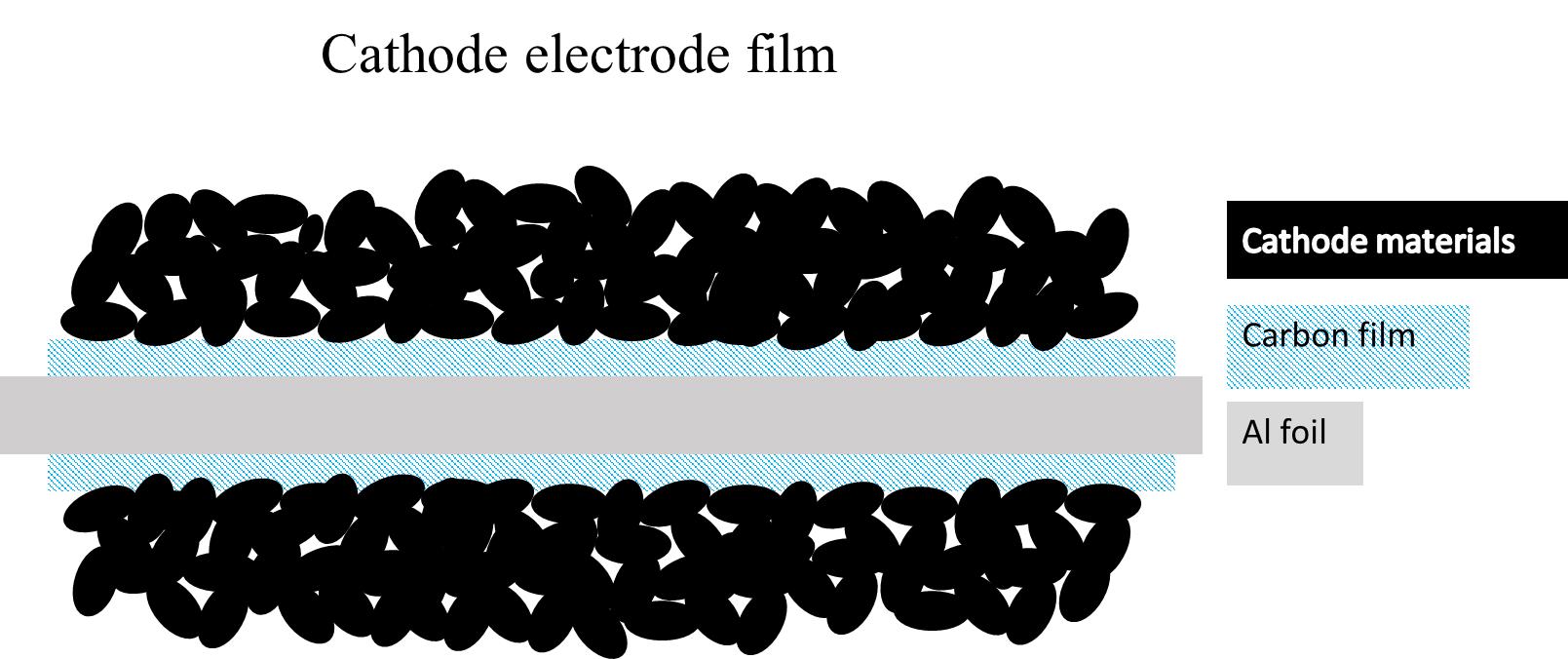 Figure 2. Schematic diagram of the cross-section of the base coated electrode
Figure 2. Schematic diagram of the cross-section of the base coated electrode
![]()
1.Experimental Equipment and Test Methods
1.1 Experimental Equipment: Electrode resistance meter, model BER1300 (IEST), electrode diameter 14mm, can apply pressure 5-60MPa. The equipment is shown in Figure 3(a) and 1(b).
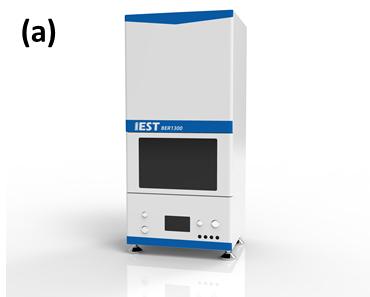 |  |
Figure 3. (a) BER1300 appearance diagram. (b) BER1300 structure diagram.
1.2 Four groups of samples to be tested: Blank Al foil, carbon coated Al foil, Blank Electrode (blank Al foil + active material coating), carbon coated electrode (carbon coated Al foil + active material coating).
1.3 Test Method: Cut the electrode sample to be tested into a rectangular size of about 5cm×10cm, place it on the sample table, set the test pressure, holding time and other parameters on the MRMS software, start the test, and the software automatically reads the electrode Thickness, resistance, resistivity, conductivity and other data.
2.Data Analysis
The thickness and resistivity test results of the four groups of samples are shown in Figure 4. It can be seen from the thickness data that the thickness of the conductive carbon layer of the primer is about 2.3 µm. Comparison of the thickness StDev values of the four groups of samples: Blank Al foil≈carbon-coated Al foil<Blank foil electrode ≈ carbon-coated electrode, indicating that the conductive carbon layer has little effect on the uniformity of the thickness distribution of the current collector and electrode, so it is difficult to simply The thickness data evaluates the uniformity of the primer.
The resistivity comparison of the four groups of samples: Blank Al foil <carbon-coated Al foil <Blank foil electrode <carbon-coated electrode, indicating that adding primer to the current collector will reduce the conductivity of the electrode, but because the coating can increase the active material The adhesion with the current collector improves the cycle stability of the cell, so the appropriate primer coating process can be selected according to the requirements of the cell performance. Comparison of the resistivity StDev values of the four groups of samples: Blank Al foil<carbon coated aluminum foil<Blank foil electrode<carbon coated electrode, indicating that the resistivity uniformity of the primer aluminum foil is poor, which may be due to the small thickness of the primer on the current collector , The problem of missing or overcoating is prone to occur.
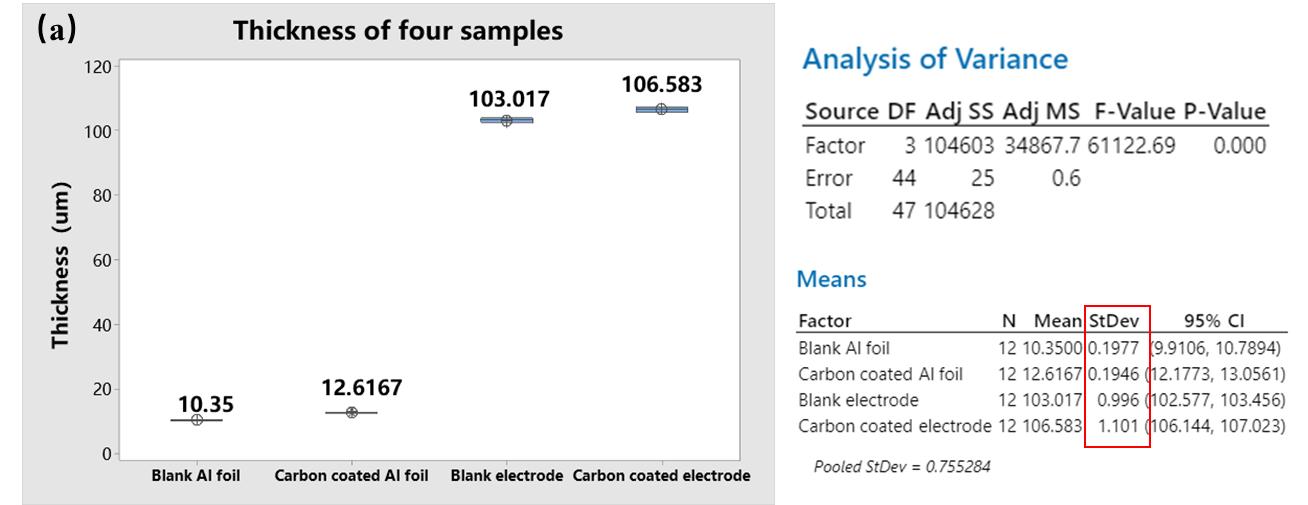 | 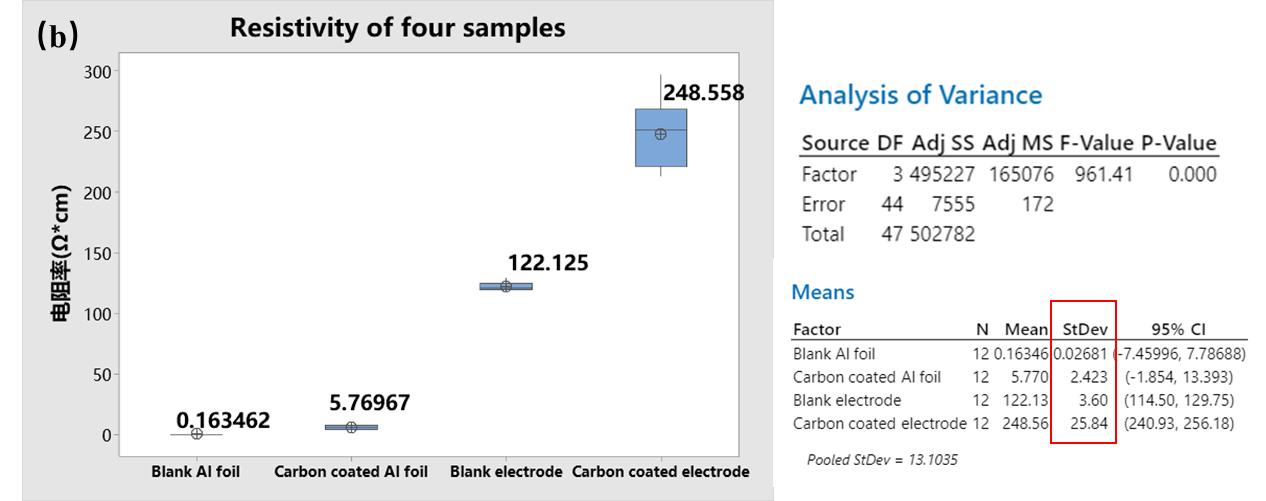 |
Figure 4. (a) Four sets of sample thickness data. (b) Four sets of sample resistivity data.
Conclusion
The thickness of the undercoat layer is 2~3μm, and it is difficult to evaluate its uniformity only by thickness measurement. The resistivity distribution of the undercoat electrode is measured by the BER1300 electrode resistance meter, which can achieve a good uniformity of the carbon-coated Al foil and the carbon-coated electrode. Evaluate the performance, which helps to monitor and improve the primer coating process.
Reference
1.Ni Jiangfeng, Zhou Henghui, etc. Research on current collectors for lithium-ion batteries[J]. Battery, 2005, 32(2): 128-130.
2.Li Junpeng, Dang Haifeng, etc. The effect of surface treatment of aluminum current collector on the performance of lithium-ion batteries[J]. Electroplating and Finishing, 2005, 16(005).
